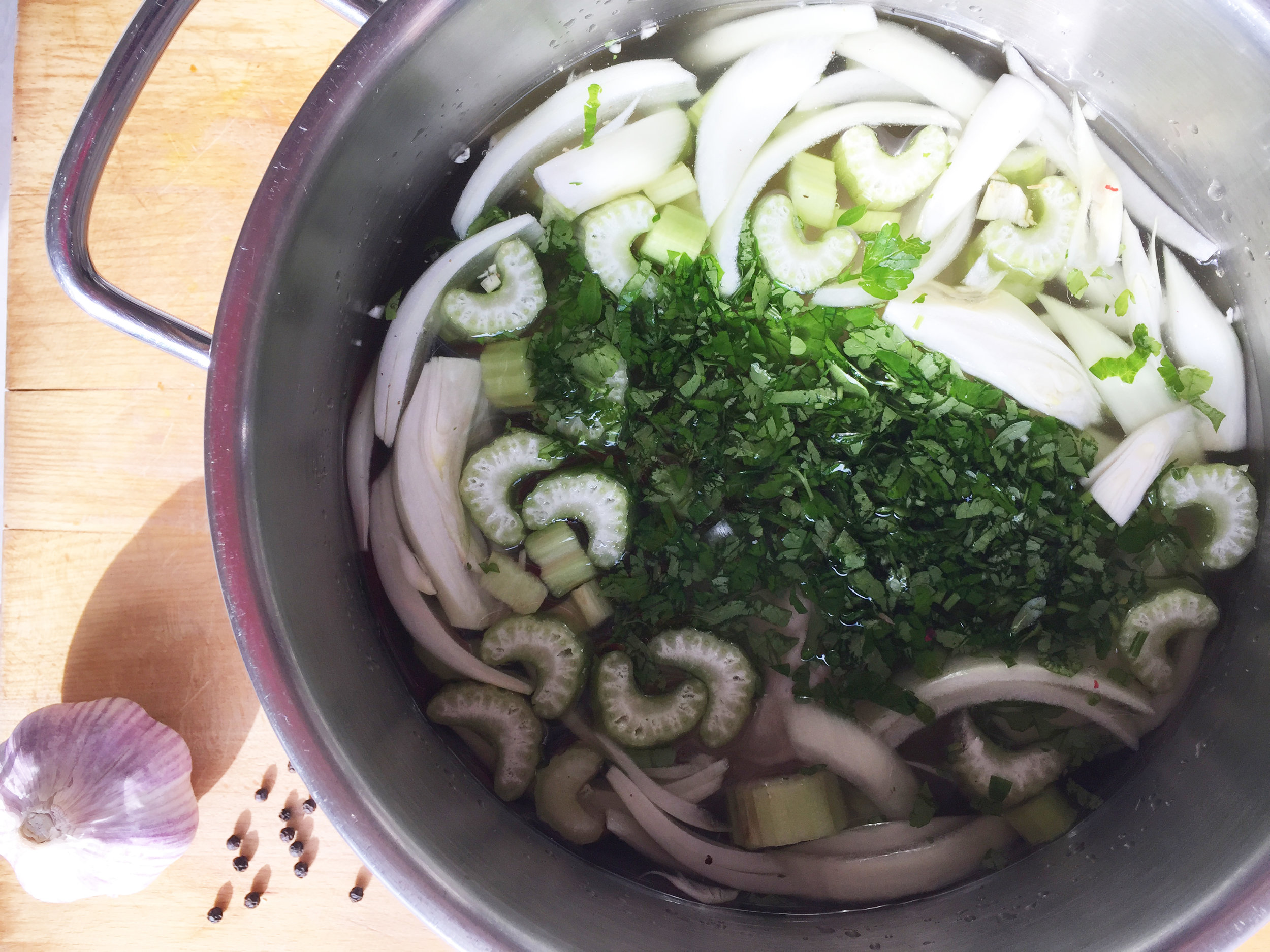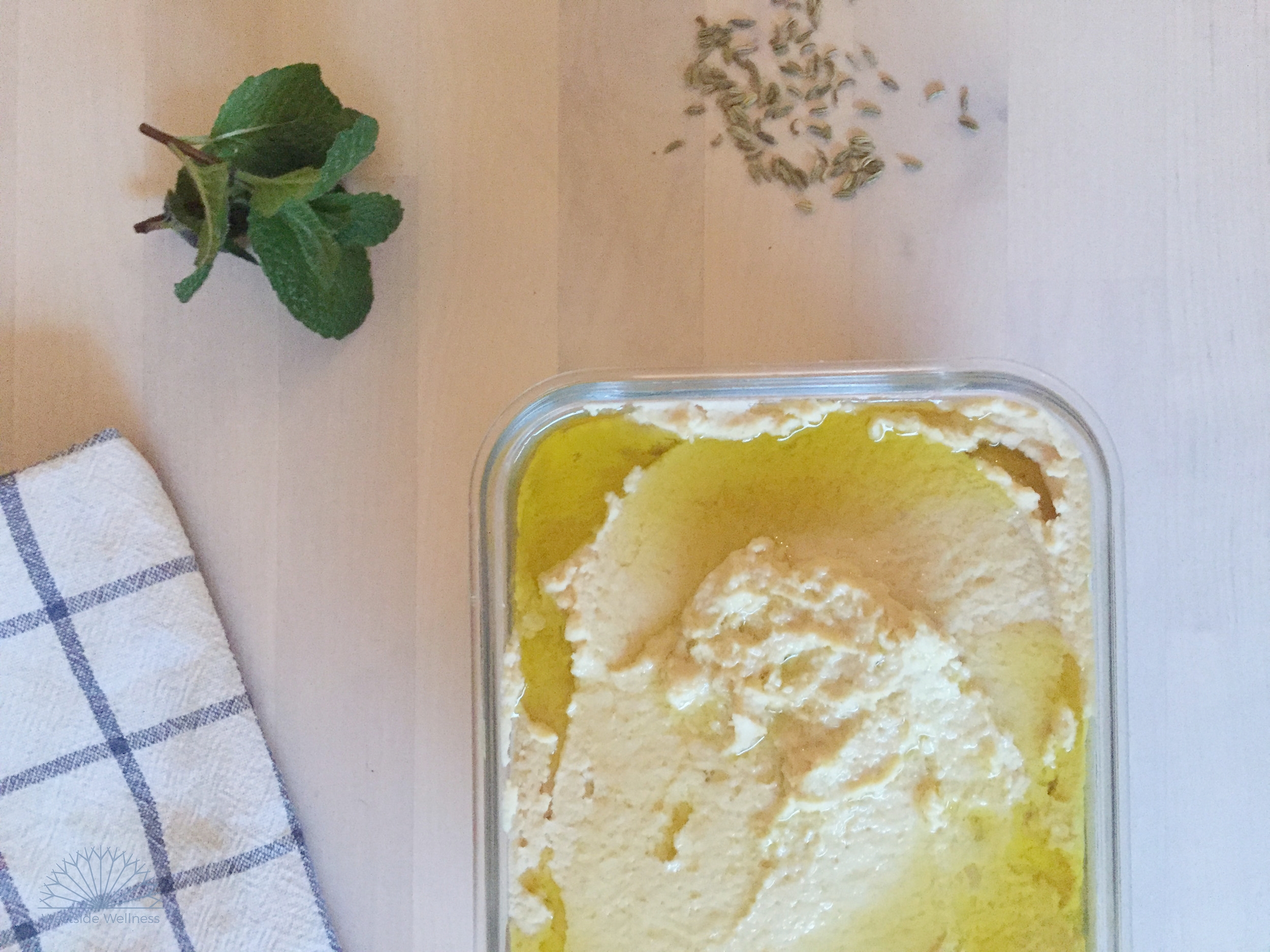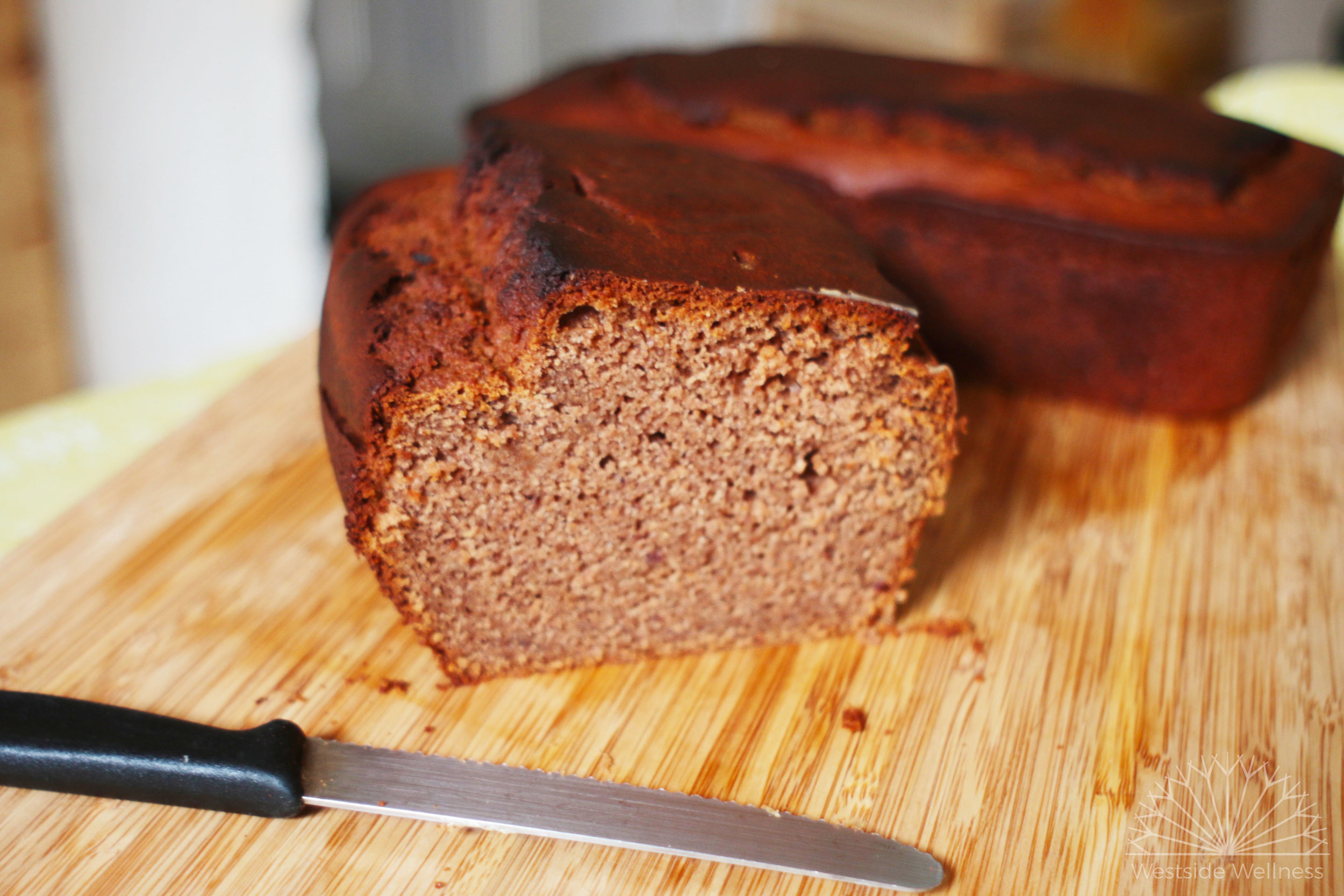Making your own coconut milk is super easy! At first I was daunted by the idea of making coconut milk - it seemed like I was taking the whole "making food from scratch" thing a bit to far. But now I can't imagine buying coconut milk in a store because it's honestly super simple to make, inexpensive and doesn't involve lots of preparation time. I often whip up a batch before making coconut-based curry.
All you need is two ingredients (desiccated coconut and water) and a couple of household kitchen items. Best of all you can make some coconut body scrub with the leftover coconut pulp - this stuff leaves your skin exfoliated, moisturised and silky smooth!
Ingredients
- 1.5 cups desiccated coconut
- 4 cups of filtered water
Utensils
- Food processor, blender or thermomix
- Fine mesh sieve, cheesecloth, nut milk bag or clean tea towel
- Large bowl
Method
- Heat water until almost boiling.
- Place coconut in the bowl and pour in hot water.
- Leave the coconut to absorb the water (about 3 minutes)
- Blend the coconut and water for 5 minutes or so until the liquid appears creamy. You may need to do this in two batches depending on the volume capacity of your blender.
- Strain through fine mesh sieve or cheesecloth.
- Keeps refrigerated for 3-4 days. Simply stir to recombine if the water and fat separate.
Makes 1L.

























